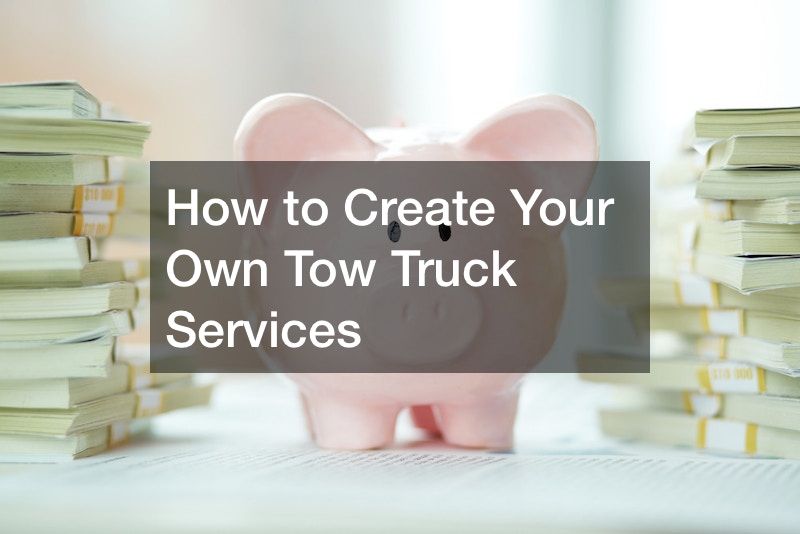
No one ever plans on getting into a car mishap or accident. But unfortunately, they happen every day. And when they do, it can be a stressful and confusing experience. If you’re involved in a car accident that results in body and glass damage, there are a few things you need to do to ensure that everything is taken care of properly. In this blog post, we’ll walk you through the steps you need to take after a car mishap so that you can get back to your life as quickly and smoothly as possible.
1. Call the Police
The first thing you need to do after a car mishap or accident is to call the police. This is important for a few reasons. First, the police will be able to document the accident and file a report. This can be helpful if you need to file an insurance claim or take legal action against the other driver. Second, they can help clear the scene of the accident and ensure that everyone is safe.
When you call the police, they will likely ask you for some basic information about what happened. Be sure to give them as much information as possible so they can accurately document the accident. Remember, even if you lie, they can still find out the truth through an investigation.
If you’re not sure what to say, here are some things you can include:
- The time of the accident
- A description of what happened
- The names and contact information of any witnesses
If you’re injured, be sure to tell the dispatcher so that they can send an ambulance. Even if you don’t think you’re injured, it’s always better to err on the side of caution and get checked out by a medical professional.

2. Assess the Situation
Once the police arrive and begin to take care of the situation, you’ll be able to assess the damage to your vehicle. If you’re able, take a step back and survey the scene. This can help you get an idea of what needs to be done and how much damage there is.
As you assess the situation, be sure to take pictures of the damage. Ensure you take pictures of both your vehicle and the other driver’s vehicle from all angles. These pictures can be helpful if you need to file an insurance claim or take legal action against the other driver.
You should also take the contact information of the other driver. This should include their name, phone number, address, and insurance information. If there are any witnesses to the accident, be sure to get their contact information as well. Remember, do not try to move your vehicle or the other driver’s vehicle until the police arrive and give you permission to do so.
3. Get Roadside Assistance
After talking to the police and collecting your evidence, you’ll need to move the vehicle. If your vehicle is not drivable, you’ll need to call an auto towing service to have your vehicle towed to an auto repair shop. If you have roadside assistance through your insurance company, now is the time to use it. Many insurance companies will cover the cost of a tow up to a certain distance.
If you don’t have roadside assistance, be sure to get multiple quotes from different auto towing services before making a decision. You’ll want to compare the cost of the tow as well as the distance they’re willing to tow your vehicle. Once you’ve found a tow truck that meets your needs, be sure to get the driver’s contact information just in case you need to direct them.
If your vehicle is driveable, you’ll still need to get it to a safe location. If you’re not comfortable driving it, you can always call a friend or family member to come and pick you up.

4. Inform Your Car Insurance Company
After you’ve taken care of the immediate aftermath of the accident, you’ll need to inform your car insurance company. Most auto insurance companies have a 24-hour hotline that you can call to report a car mishap or accident.
When you call, be sure to have all of your information ready. This should include your policy number, the date and time of the accident, and a description of what happened. You should also have the other driver’s contact information and any witnesses. If your vehicle was towed or if you had to get roadside assistance, be sure to keep all of the receipts and documentation. Your car insurance company may reimburse you for these expenses.
Be prepared to answer questions about what happened and when it happened. Remember, it’s important to be honest with your insurance company. Lying or omitting information can result in your claim being denied or delayed. And also, do not try to downplay the extent of the damage or your injuries. If you do, it could come back to bite you later on. However, you also should not admit fault for the accident.
After you’ve reported the accident to your commercial auto insurance company, they’ll likely open an investigation. Once the investigation is complete, they’ll let you know whether or not your claim has been approved.
If you have any questions or concerns about the claims process, be sure to reach out to your insurance agent. They can help guide you through the process and answer any questions you may have. In case you don’t have an insurance agent, you can call the customer service number on your insurance card.
5. Contact an Auto Accident Lawyer
If you were injured in the car mishap or if there was significant damage to your vehicle, you may want to consider contacting an auto accident lawyer. An attorney can help you understand your rights and options. They can also help you navigate the insurance claims process and deal with the other driver’s insurance company. If you decide to take legal action, your attorney will likely handle all the paperwork and negotiations on your behalf.
Ensure you contact a lawyer as soon as possible after the accident. There are deadlines for taking legal action, so it’s important to act quickly. When choosing a lawyer, be sure to ask about their experience handling auto accident cases. You should also ask about their success rate and how much they charge for their services.
You can get recommendations for lawyers from friends or family members who have been in a similar situation. You can also contact your local bar association. If you decide to hire a lawyer, be sure to sign a contract. This contract should outline the lawyer’s fees as well as their responsibilities.

6. Take Your Car for Repair
After your insurance company has processed your claim, it’s time to take your car for auto body repair. If you have collision coverage, your insurance company will likely reimburse you for the cost of repairs. Some insurance companies may have a list of preferred repair shops that they work with. If this is the case, you may be required to use one of these shops.
When you get to the auto care center, the first thing they do is an inspection, as many different types of damage can result from a car mishap. These include:
Body damage: This is any damage to the exterior of your vehicle. This can include dents, scratches, or simple paint damage. For these, you will likely just need to take your car to an auto body shop. Some common techniques used to repair body damage include paintless dent repair, sanding, and buffing.
Glass damage: This type of damage is usually caused by flying debris or rocks. It can also be caused by another car hitting yours. You will need to take your car to an auto glass repair shop for glass damage. Small chips or cracks can usually be repaired. However, if the damage is more significant, you will need to have the glass replaced.
Mechanical damage: This type of damage is usually caused by a collision. It can also be caused by something hitting your car, such as a large rock or piece of debris. Mechanical damage can include damage to your engine, transmission, or suspension. You will need to take your car to a specialized auto repair services provider for this type of damage.
Electrical damage: This type of damage is usually caused by a short circuit. It can also be caused by water damage or a collision. Electrical damage can include damage to your car’s battery, starter, sensors, alternator, or electrical system. For this type of damage, you will need to take your car to an auto electrician or auto repair shop.
Frame damage: To understand frame damage, it’s important to know how a car is built. A car’s frame is the skeleton of the vehicle. That’s what the body panels are attached to. The frame also helps to support the engine, suspension, and other components. Frame damage can be caused by a collision, impact with a large object, or a rollover. This type of damage is usually more serious than other types of damage, and it can impact the safety of your car. If you have frame damage, the technicians at the shop will use a special measuring system to assess the damage. They will then determine if the frame is bent or twisted. If it is, they will use a hydraulic machine to straighten it out.
Tire damage: This type of damage is usually caused by a puncture or a blowout. It can also be caused by hitting a curb or pothole. For this type of damage, you will need to take your car to a tire shop. They will be able to repair or replace your tires.
Regardless of the type of damage, it’s important to get it fixed as soon as possible. This will help to prevent further damage, and it will also help to keep you safe while you’re on the road. You also need to ensure that a qualified and experienced technician does the repairs. The auto supplies they use should also be genuine and of good quality. This helps ensure that your car is repaired properly and will last a long time.
Once the repairs are completed, be sure to take your car for a test drive. This is the only way to know if the repairs have been done properly and if your car is running smoothly. If you’re unhappy with the results, contact the shop and explain the problem. They should be willing to make things right at no extra cost to you.

7. Review Your Auto Insurance Policy
After a car mishap, it’s a good idea to review your auto insurance policy. In most cases, the claim process will have made it clear what your policy covers and what it doesn’t. It’s important to understand this so that you can make sure you’re adequately covered in the future.
Some of the changes you may want to consider include:
- The type of coverage: There are different types of auto insurance coverage. You may want to consider changing the type of coverage you have.
- The amount of coverage: The amount of coverage you have will impact the cost of your policy. You may want to increase or decrease the amount of coverage you have based on your needs.
- The deductible: Your deductible is the amount of money you have to pay out of pocket before your insurance company starts to pay for damages. You may want to consider changing your deductible if it’s too high or too low.
- The provider: If you’re unhappy with your current auto insurance provider, you may want to switch to a different one.
Making these changes can help you get the best possible deal on your auto insurance.
A car mishap is never a fun experience. However, it’s important to try and stay calm so that you can think clearly and make the best decisions possible. By following these steps, you can make sure that your car is repaired properly and that you’re adequately covered in the future.



